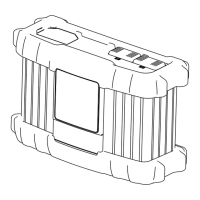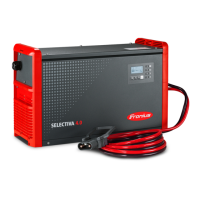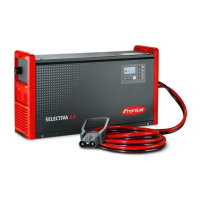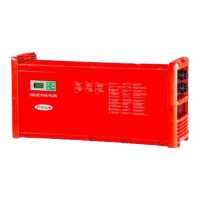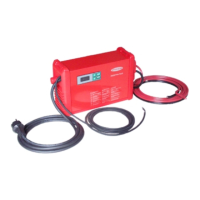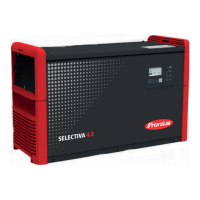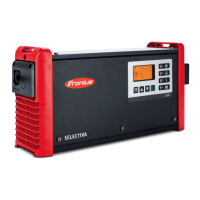Options
Safety The housing has to be partially opened to connect the options.
WARNING!
Danger of electric shock.
This may result in serious injuries or death.
▶
The housing must never be opened by anyone other than a service technician
trained by the manufacturer.
▶
Before working with the housing open, the device must be disconnected from
the grid.
▶
A suitable measuring device must be used to ensure that electrically charged
components (e.g., capacitors) are completely discharged.
▶
With the aid of a clearly legible, understandable warning sign, ensure that
the device remains disconnected from the grid until all work has been com-
pleted.
WARNING!
Danger due to work that is not carried out properly.
This can result in severe personal injury and damage to property.
▶
All work involved with connecting optional components must only be carried
out by service technicians trained by the manufacturer.
▶
If there are Installation Instructions or User Information for the optional
component concerned, then all warning notices and instructions therein
must be obeyed.
▶
For all options with electrical connections, a safety inspection must be car-
ried out in accordance with the applicable national and international stand-
ards and guidelines after connection work has been carried out.
▶
You can obtain more information about the safety inspection from the au-
thorized service body.
▶
The service body will provide the necessary documents upon request.
Electrolyte cir-
culation 3 kW
NOTE!
Danger due to the ingress of electrolyte from the battery or due to operation
without any back pressure.
This may result in damage to the air pump.
▶
Always set up the charger at least 0.5 m (1 ft. 7.69 in.) above the battery to
be charged.
▶
Always use an undamaged connecting hose provided specifically for this pur-
pose to connect the charger's compressed air outlet to the battery.
NOTE!
Danger due to non-observance of the permissible mains voltage tolerance.
This can cause malfunctions and damage.
▶
For the electrolyte circulation option, a restricted mains voltage tolerance
vis-à-vis the charger of 207 V to 250 V applies.
The electrolyte circulation option introduces air into the battery through capil-
lary tubes that are provided specifically for this purpose. This allows intensive
56

